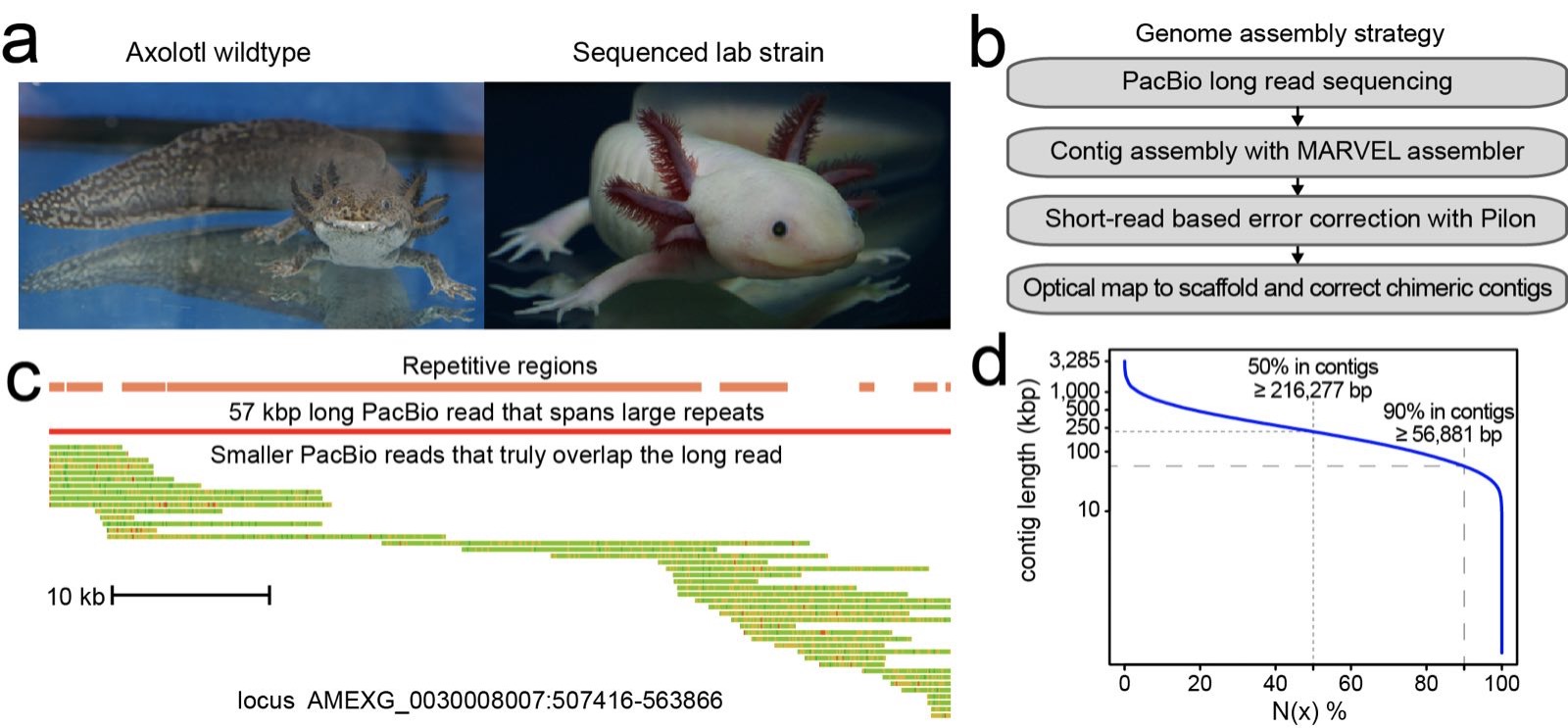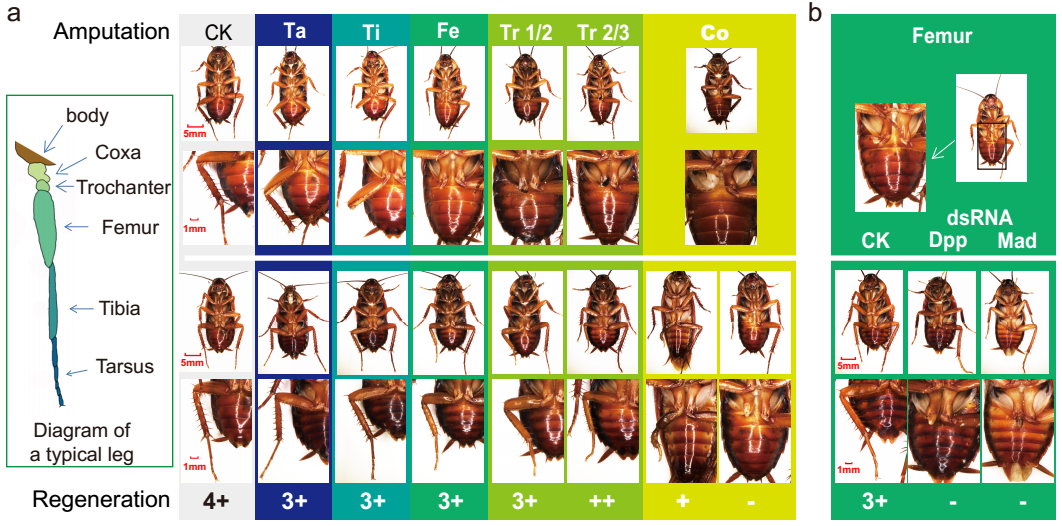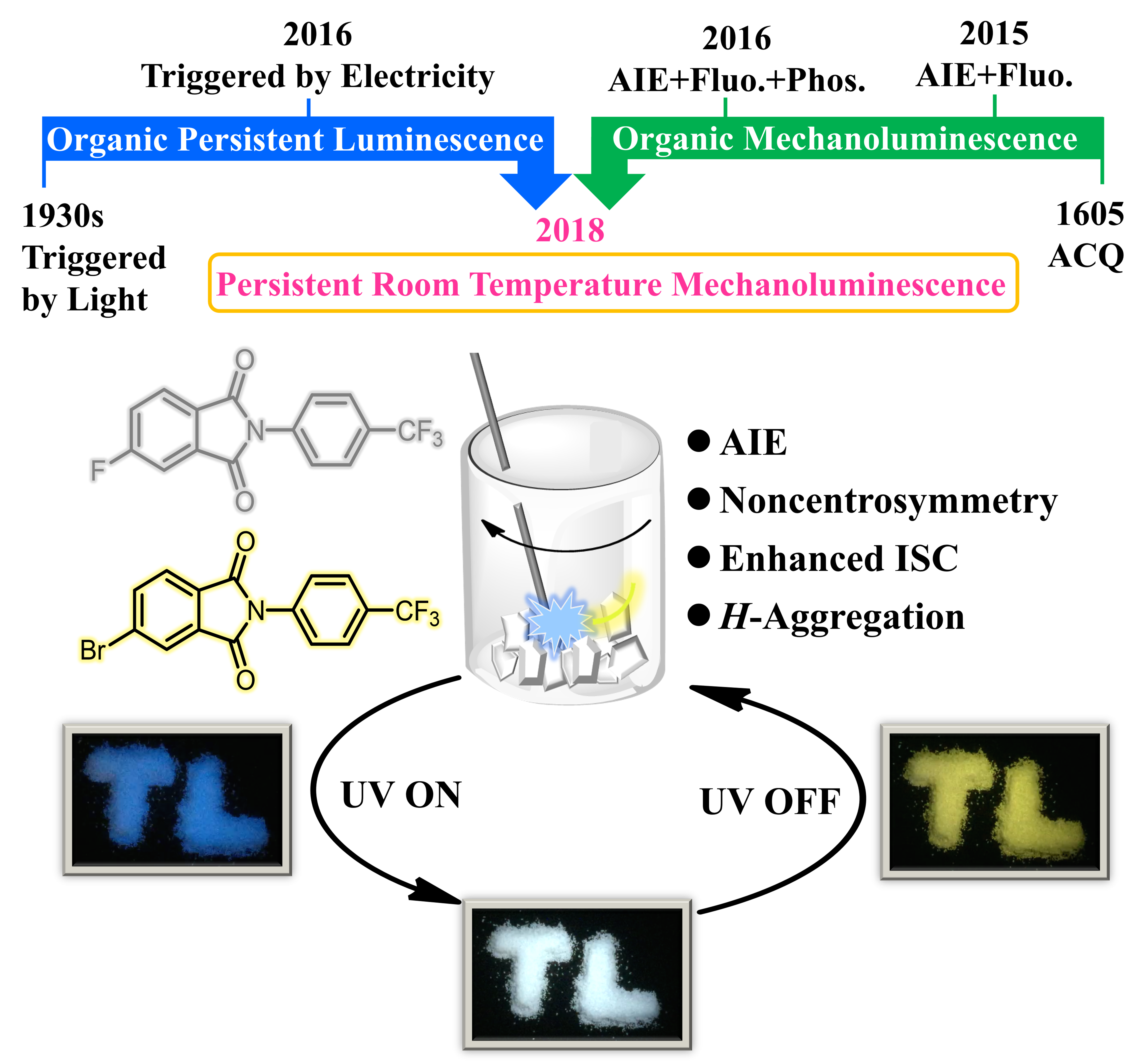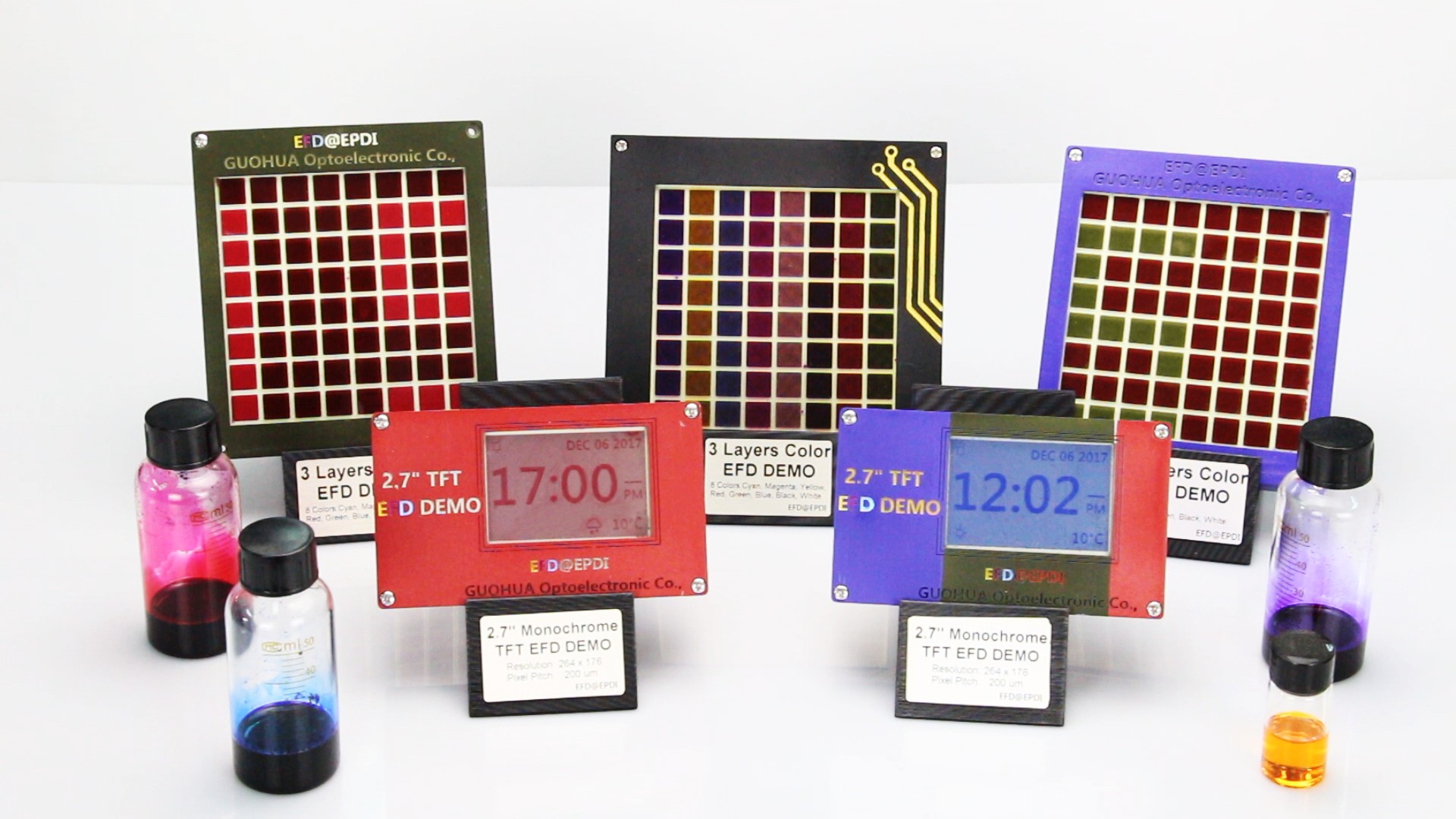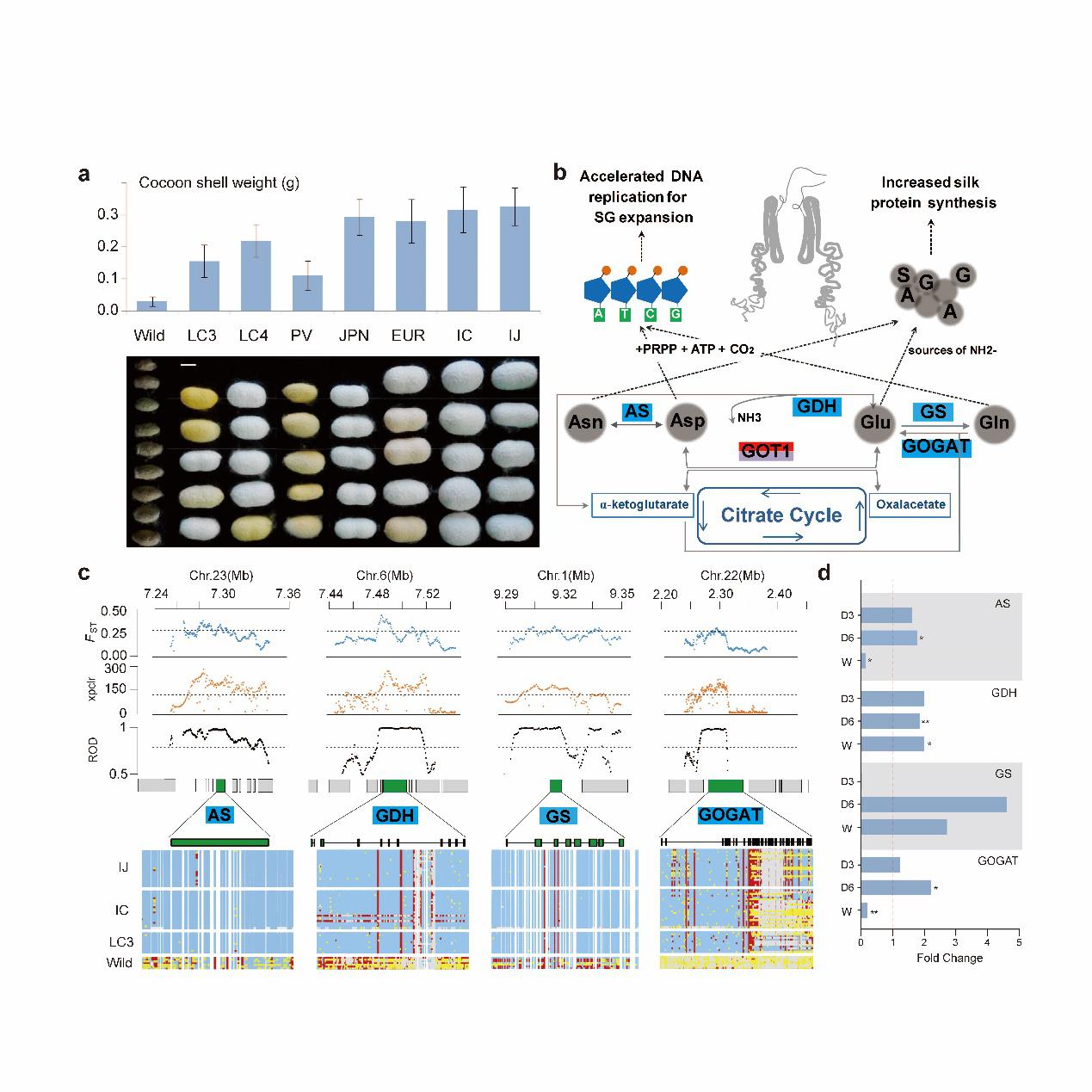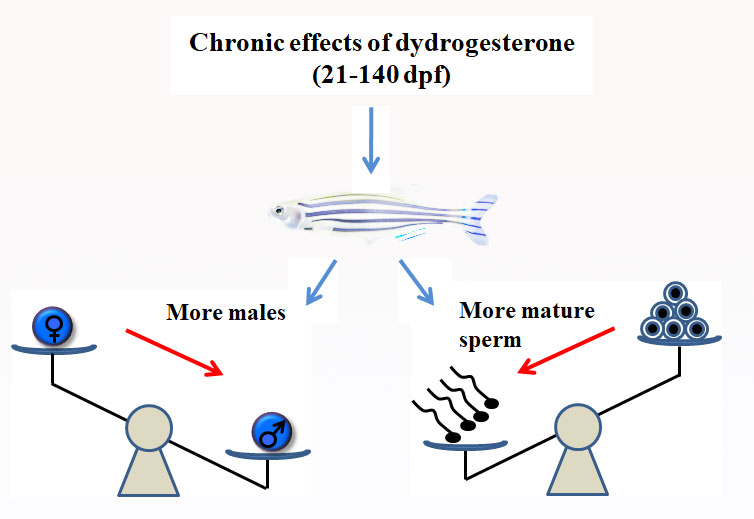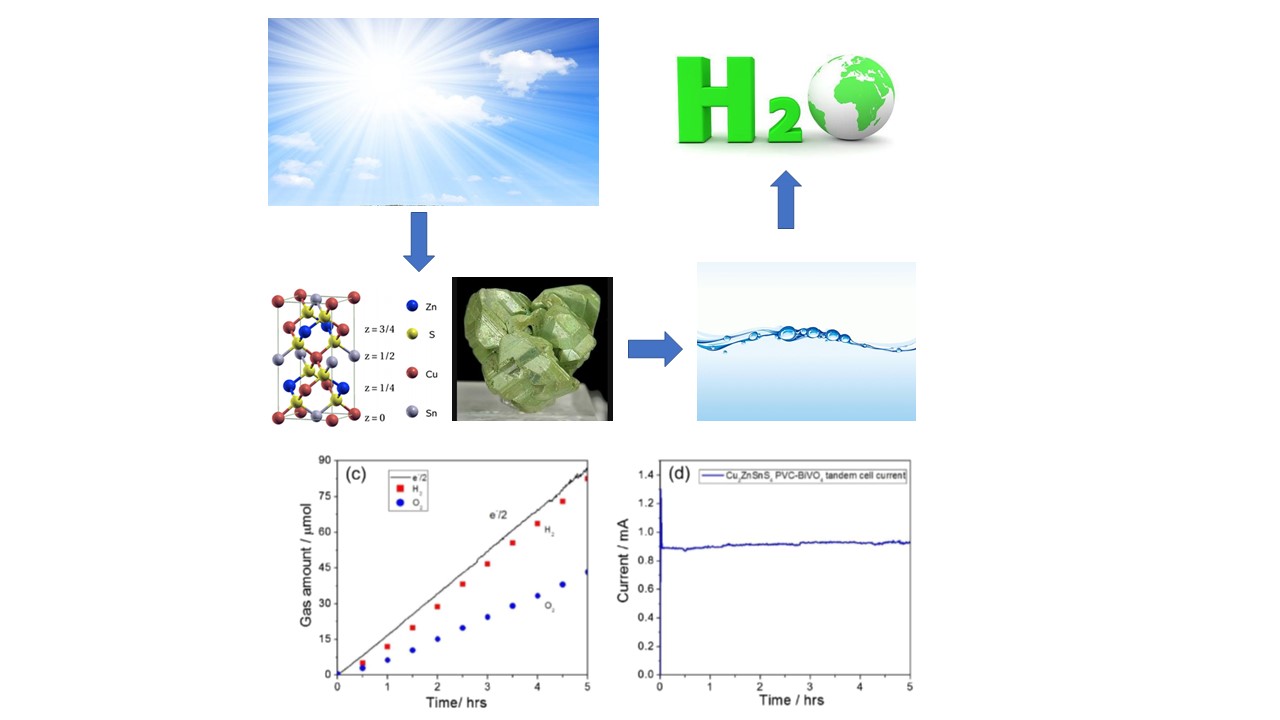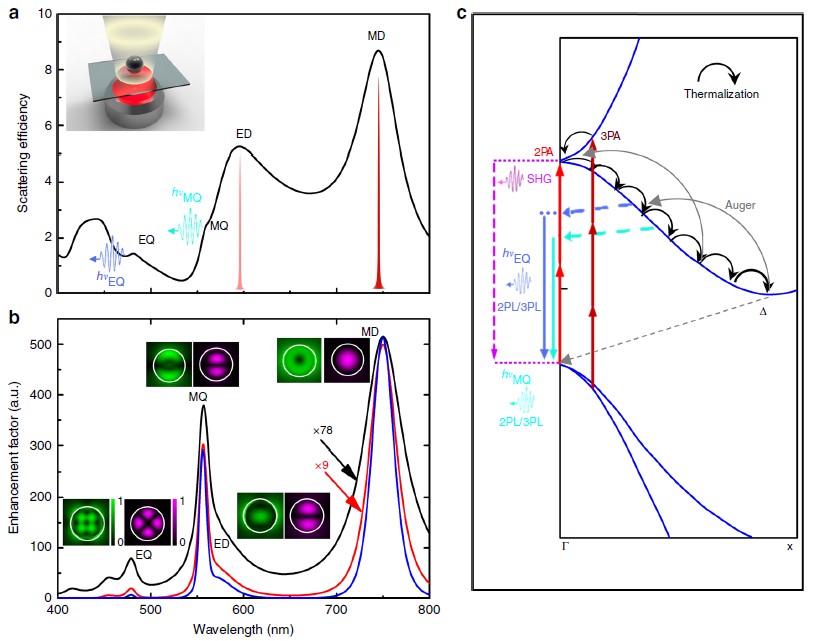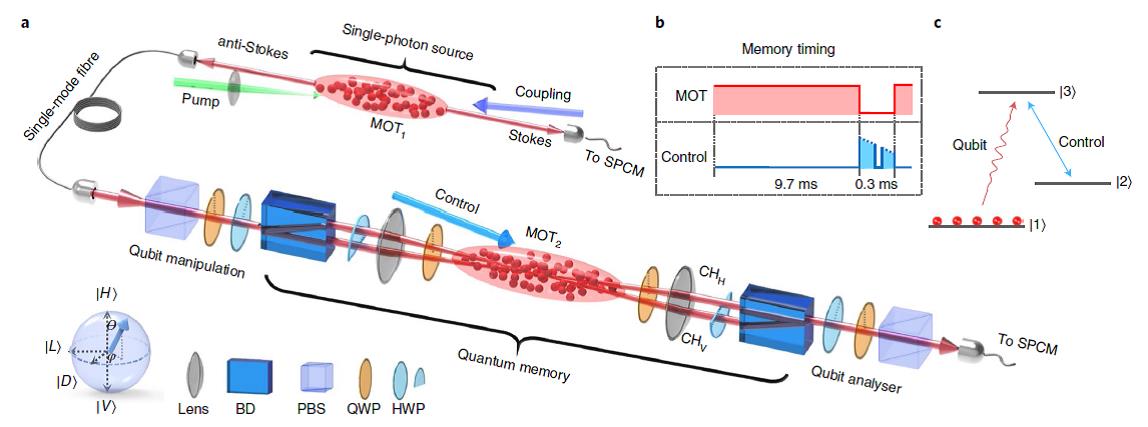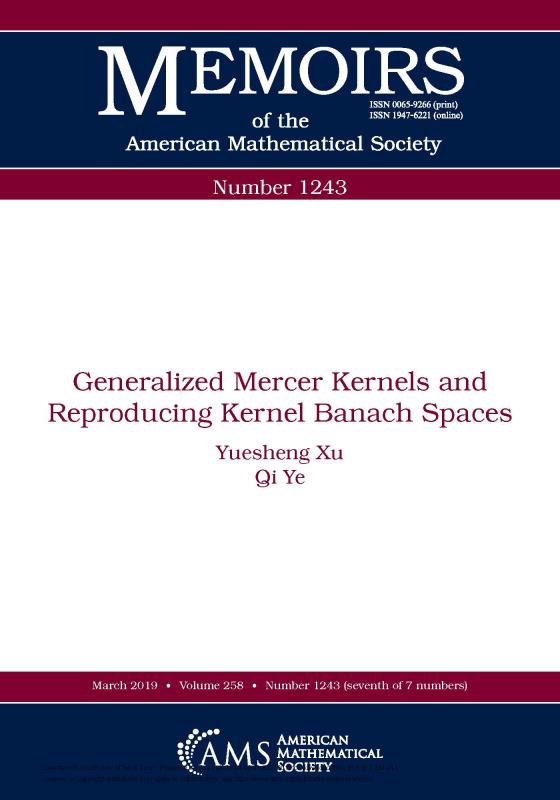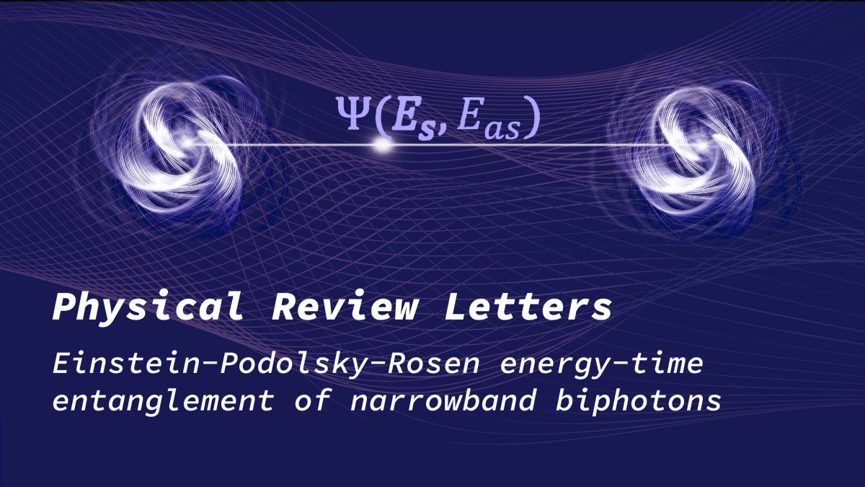
Likes
In cooperation with the Guangdong Provincial Key Laboratory of Quantum Engineering and Quantum Materials, and the Department of Physics of the Hong Kong University of Science and Technology, the School of Physics & Telecommunication Engineering of SCNU has made important progress in the field of quantum science and engineering.

Physical Review Letters (PRL), one of the most prestigious journals in the field of physics has published the research paper entitled “Einstein-Podolsky-Rosen energy-time entanglement of narrow-band biphotons, which reports the direct characterization of energy-time entanglement of narrow-band biphotons produced from spontaneous four-wave mixing in cold atoms.”

(a) Experiment setup (b) 85Rb atomic energy level diagram for the SFWM process.
In 1935, Einstein, Podolsky and Rosen (EPR) proposed the famous EPR-paradox to demonstrate the completeness of quantum mechanics, which laid the foundation for the development of the principles of quantum mechanics and the establishment of quantum information science. Having the characteristics of long coherence time, narrow-band biphotons has important applications in quantum communication and network, such as efficient photon-atom quantum interface.
The Stokes and anti-Stokes two-photon temporal correlation is measured by single-photon counters with nanosecond temporal resolution, and their joint spectrum is determined by using a narrow linewidth optical cavity. The newly published paper is the first to reveal that the energy-time entanglement is verified by the joint frequency-time uncertainty product of 0.063 ± 0.0044, which does not only violate the separability criterion, but also satisfies the continuous variable Einstein-Podolsky-Rosen steering inequality.
Dr. Zhang Shanchao and MA candidate Zhou Yiru, of SCNU and and doctoral candidate Mei Yefeng of the Hong Kong University of Science and Technology are the co-authors. Professor Yan Hui and Zhu Shiliang of SCNU and Professor Du Shengwang of the Hong Kong University of Science and Technology are the corresponding authors.
Source from School of Physics & Telecommunication Engineering
Translated by Chen Xiaodan
Proofread by Edwin Baak
Reviewed and edited by Li Jianru
What to read next:
